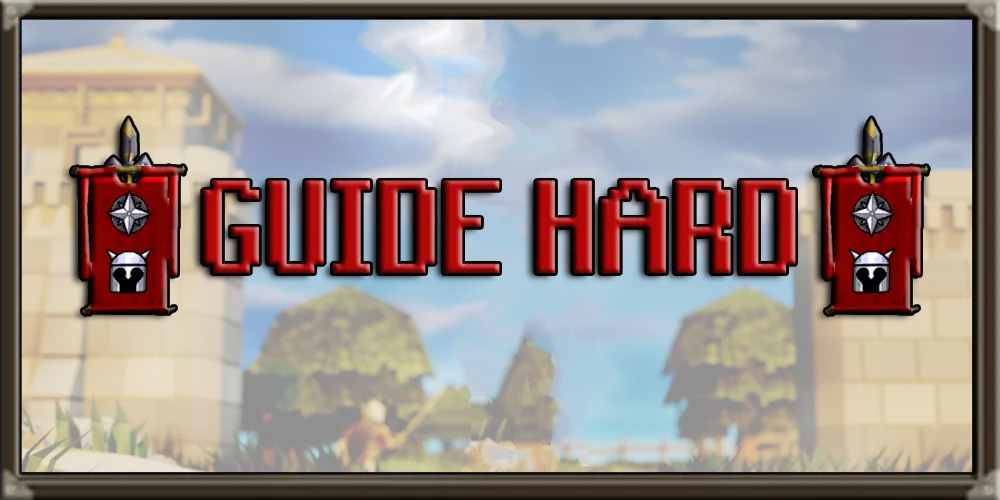
The world of BioWare’s popular Dragon Age series has been crafted with layers of intricate detail, each aspect carrying a multitude of complexities that inspire profound exploration and theorization. Among the most intriguing of these aspects is the Fade, a parallel universe where spirits and magic dwell. At first glance, it may seem like an otherworldly realm purely of the game’s invention, yet on closer inspection, it bears a striking resemblance to Plato’s world of forms, or ideals.
You might like

Platonic Idealism: The World of Forms
To appreciate this connection, it’s crucial first to understand Platonic idealism. Plato, the ancient Greek philosopher, proposed that our perceivable world is a mere shadow of a more ‘real’, perfect realm known as the world of forms. According to him, everything we see, touch or experience in the physical world is an imperfect reflection of a pure, ideal form that exists in this other world. These forms are timeless and unchangeable, whereas their earthly counterparts are transient and mutable.
For example, a particular tree we see is a temporal and imperfect representation of the ideal ‘tree-ness’ that exists in the world of forms. The physical tree changes – it grows, it loses leaves, it may even die – but the concept of ‘tree-ness’ remains unchanged. The ideal ‘tree’ in the world of forms is perfect, immune to change or decay, and serves as the blueprint for every tree we see in our world.
The Fade: The Magical Realm of Dragon Age
In the Dragon Age series, the Fade is a realm of dreams and spirits that exists parallel to the material world. It’s a place of pure magic, where thoughts and dreams shape the reality. Mages in Thedas, the world of Dragon Age, tap into the Fade to draw their magical powers, while non-mages can enter it only in their dreams.
The Fade is mutable and ever-changing, reflecting the thoughts, dreams, and fears of those who visit it. The spirits that reside there embody various aspects of human consciousness and emotions, becoming mirrors of human thought and feeling. The spirit of Valor, for example, represents the very concept of bravery, and the demon of Sloth personifies laziness and apathy.
The Fade as a Reflection of Platonic Idealism
The correlation between the Fade and Platonic Idealism becomes apparent when we consider how the Fade shapes the material world of Thedas. Just as Plato’s world of forms influences our physical world, the Fade is a raw, primordial realm of creation that fundamentally shapes the material world of Dragon Age.
It’s the pure concept of the ‘form’ or ‘idea’ in the Fade that materializes in Thedas. The spirits and demons are, in essence, pure forms of particular aspects of the human psyche. The raw, unadulterated form of these concepts in the Fade manifests in the physical world, akin to the ‘tree-ness’ concept in the Platonic world of forms.
An excellent example can be seen with Justice, a spirit from the Fade encountered in Dragon Age: Origins – Awakening. Justice embodies the pure ideal of justice itself. When he inhabits the body of the Grey Warden Kristoff, he becomes a warrior fighting for the ideal of justice in the material world, no matter the cost. Here, the Fade (like Plato’s world of forms) has influenced the earthly realm through the embodiment of an ideal, revealing a direct parallel between the Fade and Platonic Idealism.
Conclusion
Thus, the Dragon Age universe, particularly the Fade, exhibits compelling connections to Platonic idealism. The Fade’s mutable, raw state, a realm where ideals exist in their purest form, echoes Plato’s world of forms. These ideals, through spirits or magic, shape the material world, much as the ideals in the world of forms shape our world. This philosophical depth, whether intentional or coincidental, adds another level of complexity and intrigue to the Dragon Age series, underlining the potential for video games to be platforms for profound intellectual and philosophical exploration.
I created this article with the partial assistance of an AI tool. Learn about my view on AI and why I’m telling you about it.




















